Nearly a month after the first protests broke out, France is bracing for another week of unrest. In what’s become known as the “yellow vest” movement, the frustrated middle and working class has clashed with police and blockaded the streets to protest what they see as the government’s support of the economic elite.
As Al Jazeera reports, the protests began on November 17th, when President Emmanuel Macron announced an almost 20 percent increase in the country’s gas tax intended to help combat climate change. Instead, the hike sparked greater tensions over economic inequality and the high cost of living in France, igniting demonstrators’ long-simmering anger with the Macron administration. Although the protesters all don neon yellow safety vests and call for the president to resign, the movement contains a wide swath of political ideologies—some of which have been co-opted or inspired by similar movements in Europe and the Middle East, Rolling Stone reports.
This week, the yellow-clad protesters filled the streets from Paris to Bordeaux; others took to Facebook, where group messages and misinformation has kept the movement alive, according to a New York Times investigation. Although Macron has since made concessions, such as tax cuts for the middle class, tensions remain high. Ahead of this weekend’s planned protests, shop owners boarded up storefronts, while officials amassed armored vehicles and thousands of security forces, the Associated Press reports.
Below, scenes show the escalating violence across France.

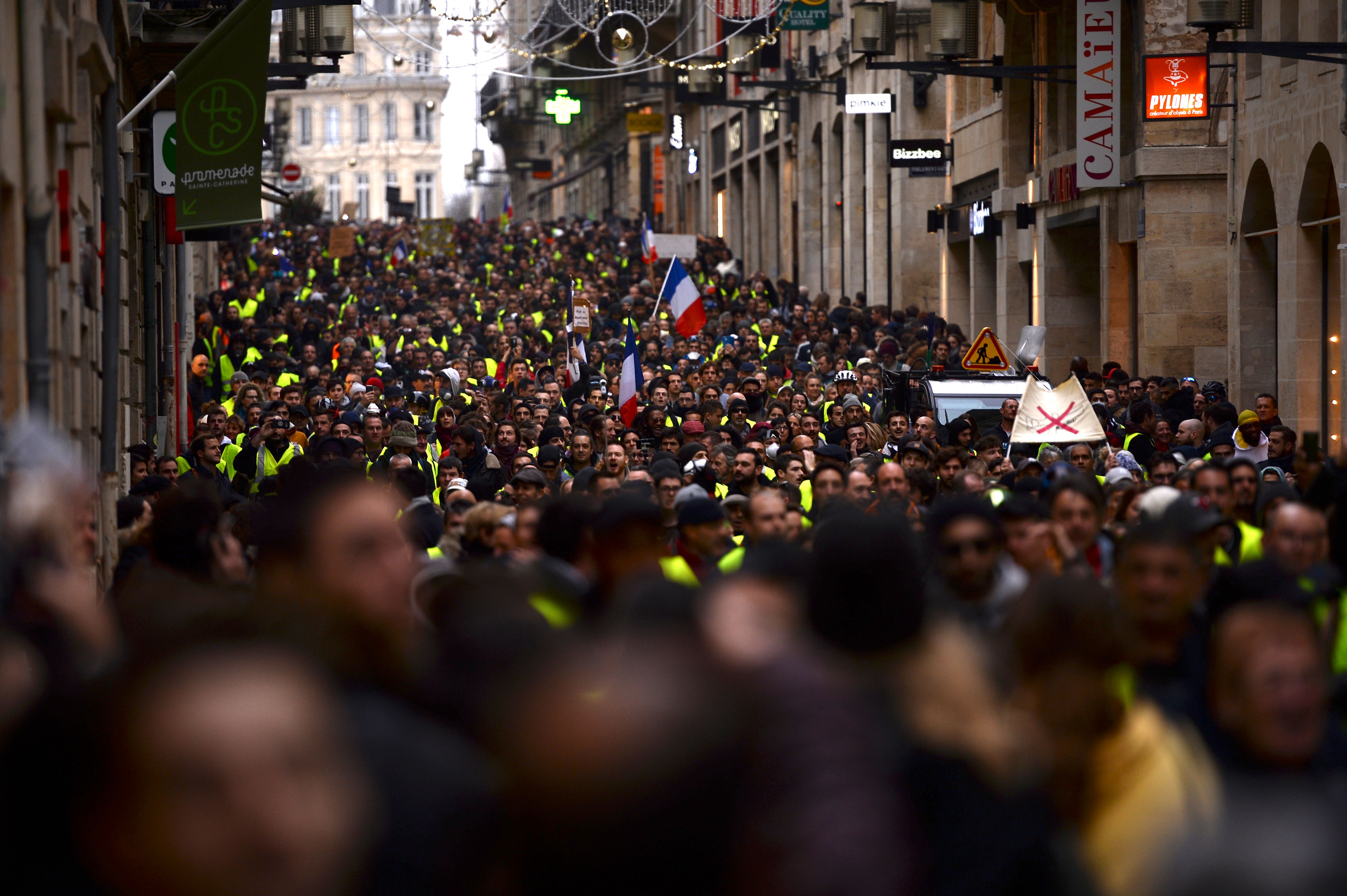
(Photo: Nicolas Tucat/AFP/Getty Images)
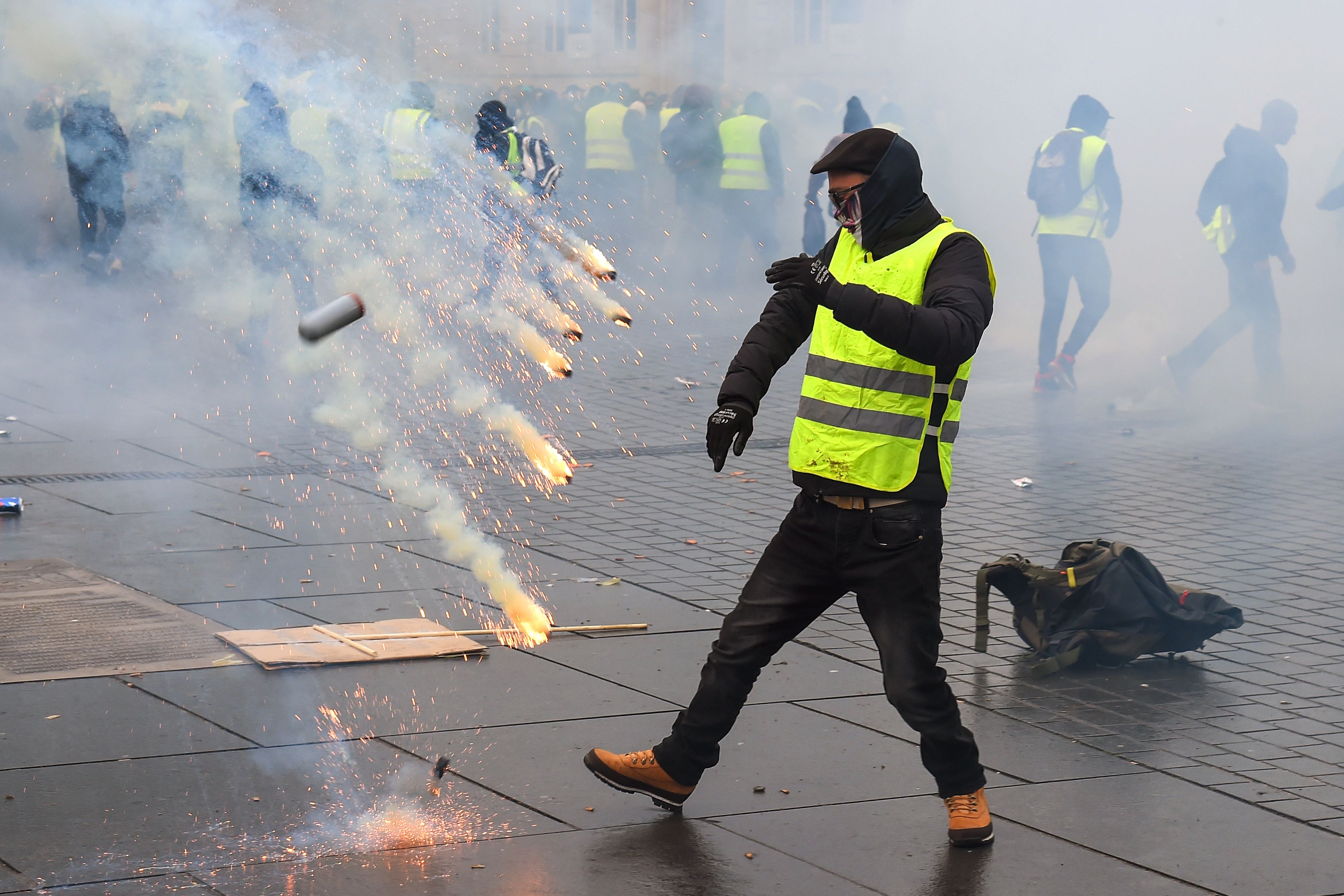
(Photo: Nicolas Tucat/AFP/Getty Images)
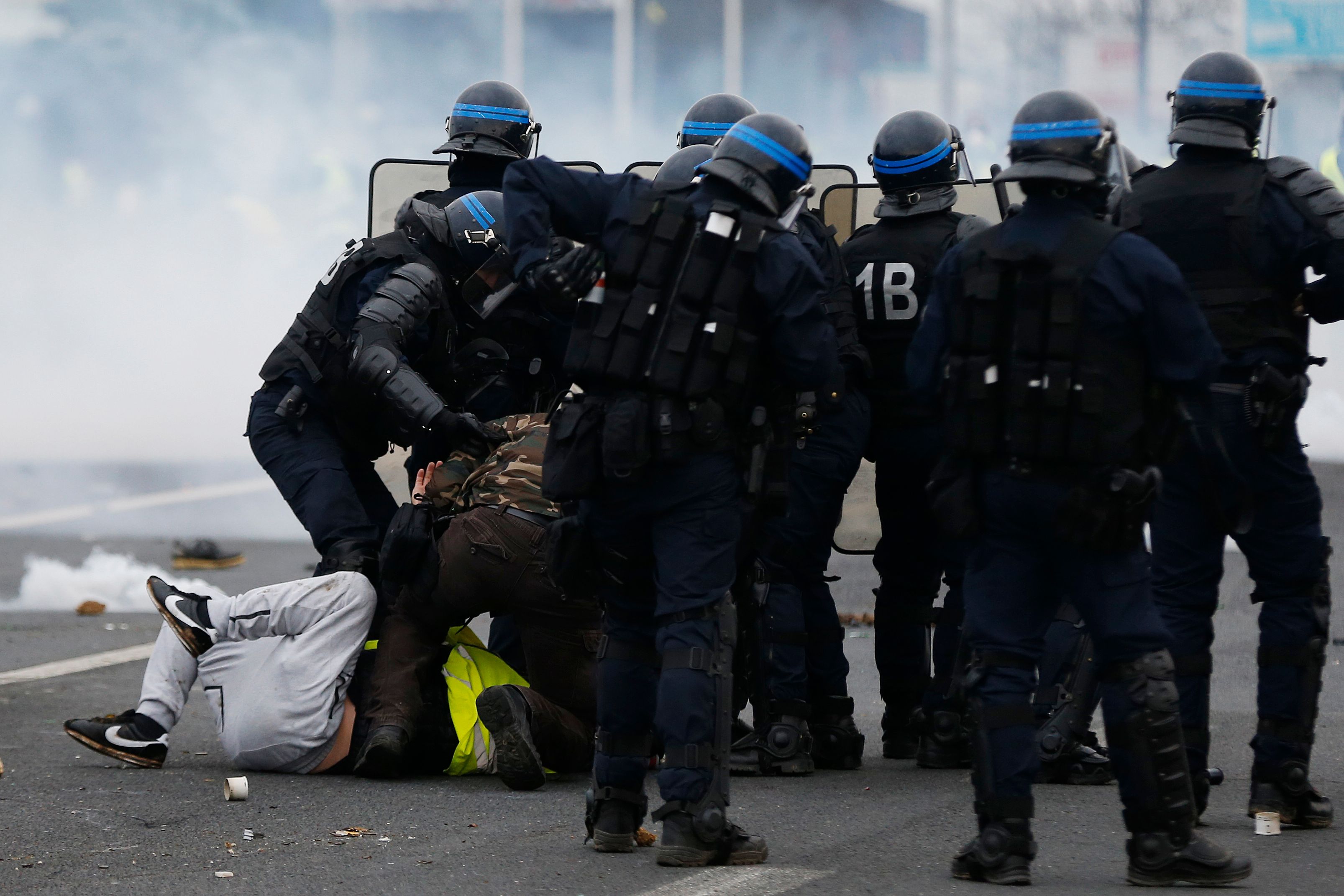
(Photo: Charly Triballeau/AFP/Getty Images)

(Photo: Jean-Francois Monier/AFP/Getty Images)
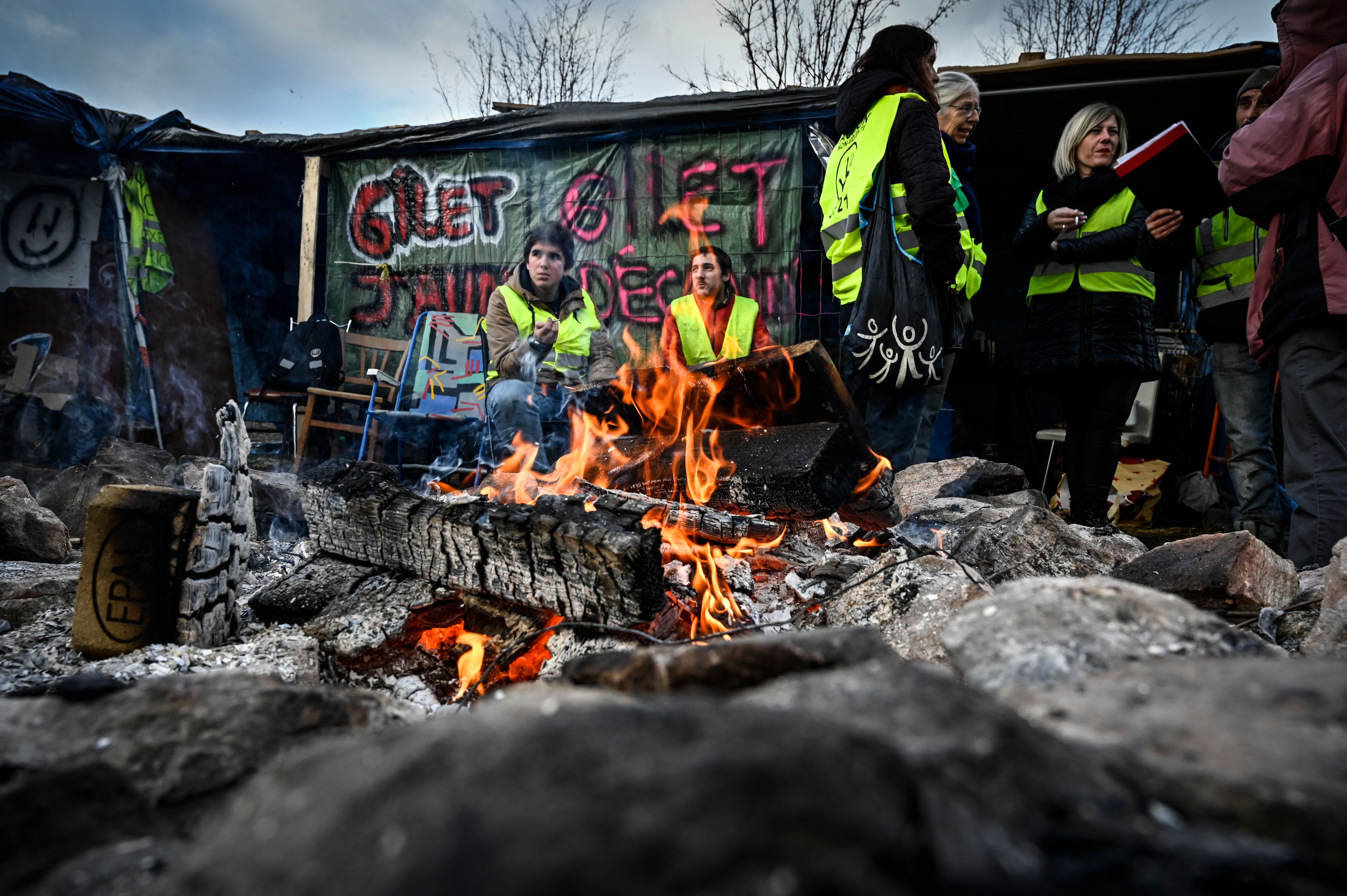
(Photo: Jean-Philippe Ksiazek/AFP/Getty Images)
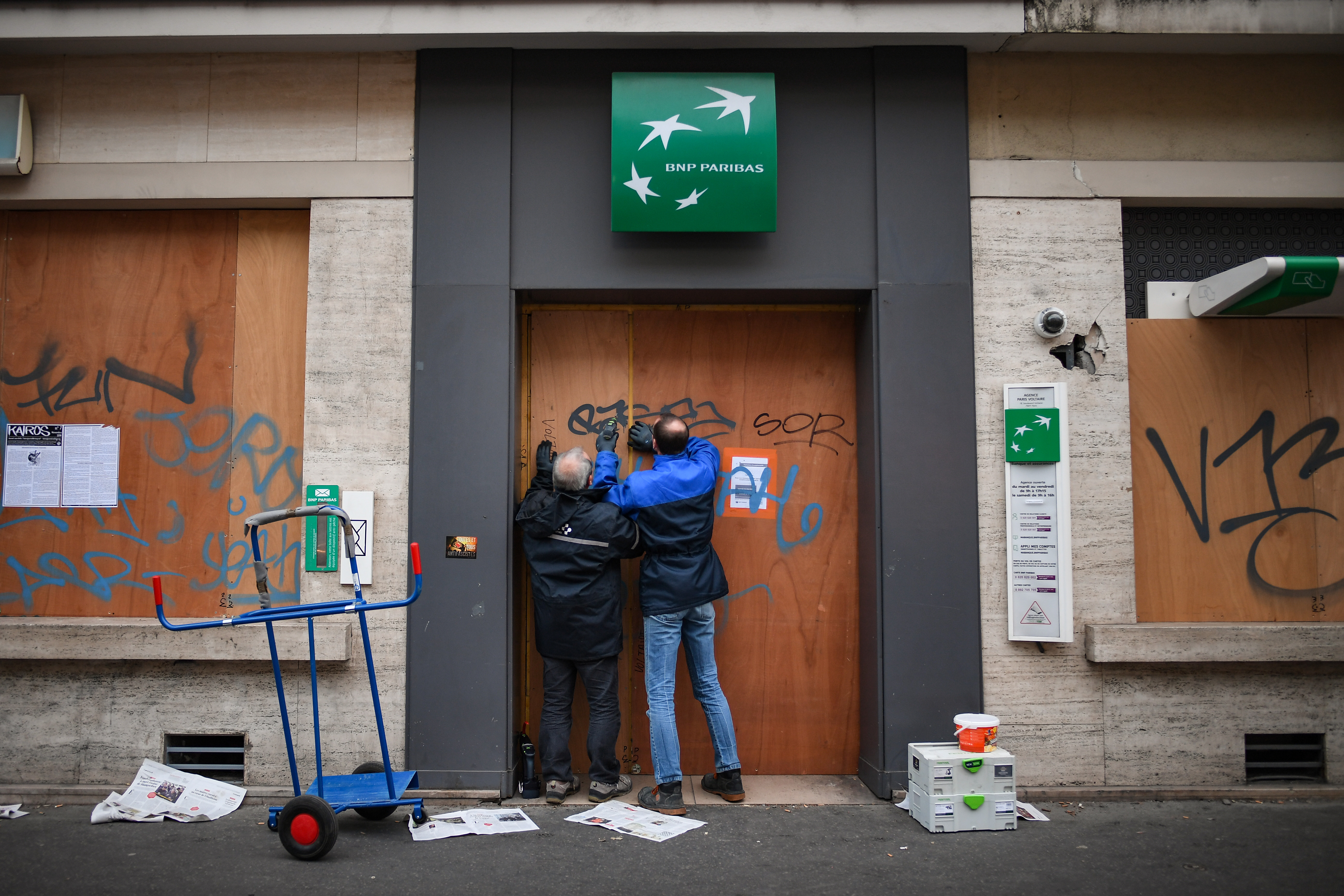
(Photo: Jeff J. Mitchell/Getty Images)
More on Protest Movements From Pacific Standard
- Why Direct Action Works
- In Katowice, Protesters Disrupt a U.S. Event Promoting Fossil Fuels
- Civil Rights Protests in the 1960s Changed Attitudes and Voting Patterns
- The Impressive Potency of Political Protests
- Violence and Persecution of Indigenous Protesters Is on the Rise
- To Better Understand the Future of Protest, We Need to Look at Its Past
- A New National Park Service Proposal Could Restrict Protest in Washington, D.C.





